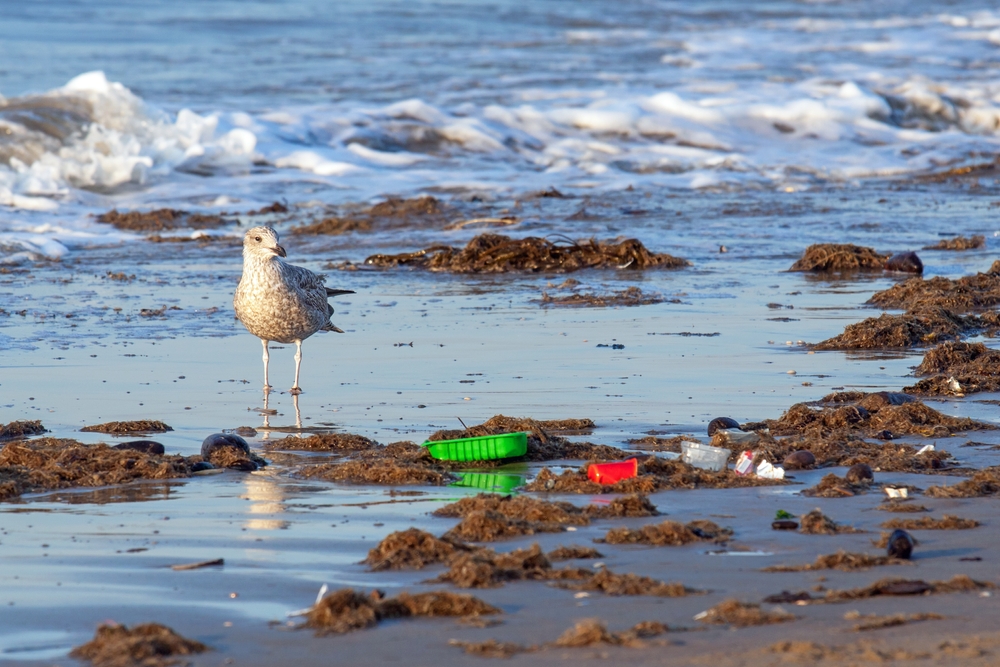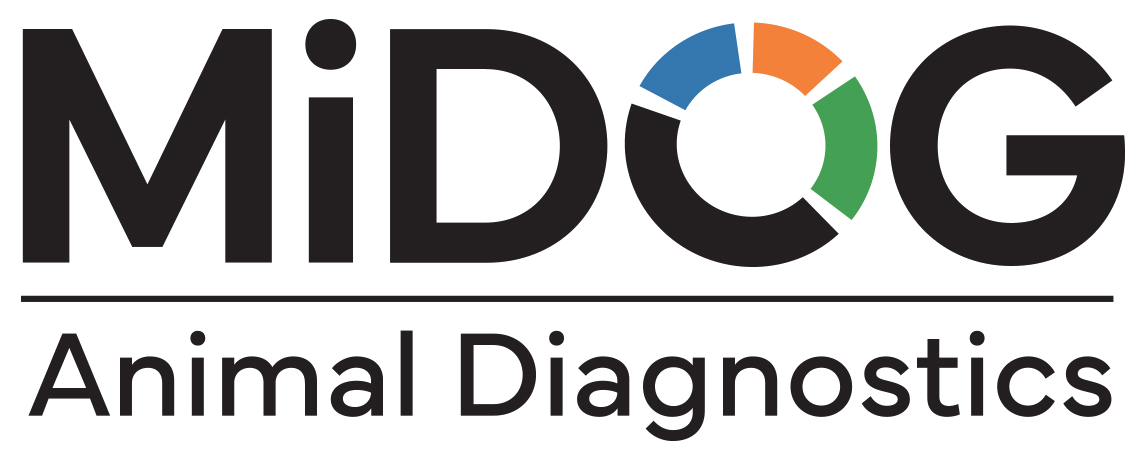The Impact of Living Near Industrial Areas on Bird Microbial Health
Birds are resilient and adaptable animals that play a critical role in our ecosystem, contributing to pollination, seed dispersal, and insect control. However, these feathered marvels are not immune to the effects of pollution, which can significantly impact their microbiome, or the diverse communities of organisms comprised all over their body. These alterations to the bird microbiome- be it their oral, skin, or cloacal microbiome- can significantly impact their overall health. Since many house sparrows are forced to live in polluted or industrial environments compared to wildlife due to the ever-growing industrialized farming, it is vital to highlight the impact these environments can have on their microbiome.

Impacts of the Industrialized Environment on Avian Microbiome
The avian microbiome, which can be measured by looking both at the individual concentrations of bacterial and fungal species as well as the overall richness and evenness (or diversity), can vary widely due to factors such as diet, habitat, and environmental conditions. Birds living in industrialized areas may be impacted by:
Pollution from the air, water, or soil: Living in an industrial setting means birds are not spared from the effects of pollution from industrialization (i.e., chemical runoff or emission). When birds living in these areas inhale, drink, or come into contact with pollutants such as this in the surrounding air, soil, or plants, it can lead to changes in various aspects of the microbiome and affect their overall health. For instance, pollutants in soil stemming from poor agricultural practices and waste disposal can increase the bacterial or fungal pathogens that birds may be exposed to that they otherwise wouldn’t living in a more natural wildlife setting. In fact, birds that live in industrialized areas show an increased prevalence of pathogenic microbes in their oral cavities, intestinal tract, and skin.
Microbial contamination from processed feed and other animals: Birds that live near industrialized environments can suffer from microbial contamination that can alter their microbiome. First instance, if birds live near a dairy farm, they are more likely to be exposed to cows, their feces, and their feed which has been infiltrated with antibiotics. As a result, birds may be more susceptible to the fecal microbiome of cows and, by being inadvertently exposed to antibiotics, may develop antibiotic resistance. (check out our previous post on AMRs!)
Competition for resources: Birds may compete with farm animals for food and water, which can alter the microbial balance in the environment. Increased competition can lead to changes in the availability of nutrients and other resources, affecting the microbiome of the farm and surrounding environment.
Spread of pathogens: Birds can act as vectors for the spread of pathogens between different areas of the farm or between farms. This can introduce new pathogens to the farm environment, leading to changes in the microbiome and potentially affect the health of the farm animals.
How do these factors shift the bird microbiome?
Birds living in more industrialized areas tend to negatively impact the microbiome of gut,1-3 cloacal area,4 and uropygial gland,5 compared to birds living in wildlife. These differences can have significant implications for bird health and ecosystem functioning. Specifically, the changes that are seen in the microbiome of birds living in these poor conditions include:
Pollution can lend to certain microbial species that are tolerant to pollutants- typically pathogens- to thrive while others- typically commensals- to die off. This leads to negatively altered bacterial or fungal composition compared to those in wildlife habitats. Additionally, pollution can introduce new microbial species to bird microbiomes, potentially increasing the abundance of pathogenic or harmful microorganisms.
As a result of this microbial shift, birds living in polluted environments may have lower microbial diversity, or the overall bacteria/fungal richness and evenness, which has been attributed to impaired microbial health.
Health Implications: Since birds in polluted environments may have reduced microbial diversity, their ability to perform essential functions such as digestion and immune system regulation may also be impaired. This can lead to health problems in birds, including decreased nutrient absorption and increased susceptibility to disease, reproductive impairments, and infection.
What can we do to help these birds?
The microbiome of birds is a crucial component of their health and well-being. Living in an industrial environment can have detrimental effects on bird microbiomes, leading to changes in microbial composition and diversity. Birds living in these polluted environments often exhibit differences in microbiome compared to those in wildlife habitats, with potential health implications.
Understanding these effects is essential for mitigating the impacts of pollution on bird populations and ecosystems.
The best tool we have when trying to help birds that live in these poor environments is knowledge. By testing the bacteria and fungi of their microbiome of birds living in these conditions, we can identify the pathogens and microbial shifts that may be negatively impacting birds’ health. Fortunately, the MiDOG All-In-One Testing kit can measure bacteria and fungi down to the species level to provide a comprehensive picture of what these birds’ microbiomes look like!
The more we learn about the precise microbial shifts that occur in these populations- including which pathogens become more prevalent or which area of the body the microbiome is most effected by industrialized environments, the better we can help to treat birds that may be suffering from pathogenic infection from these living conditions, or considerations that can be made to change the environment to promote a more advantageous microbiome.
REFERENCES:
1. Kohl KD, Brun A, Bordenstein SR, CAVIEDES‐VIDAL E, Karasov WH. Gut microbes limit growth in house sparrow nestlings (Passer domesticus) but not through limitations in digestive capacity. Integrative zoology. 2018;13(2):139-151.
2. Mirón L, Mira A, Rocha-Ramírez V, et al. Gut bacterial diversity of the house sparrow (Passer domesticus) inferred by 16S rRNA sequence analysis. Metagenomics. 2014;3:1-11.
3. Bodawatta KH, Freiberga I, Puzejova K, Sam K, Poulsen M, Jønsson KA. Flexibility and resilience of great tit (Parus major) gut microbiomes to changing diets. Animal Microbiome. 2021;3(1).
4. Stewart R, Rambo TB. Cloacal microbes in house sparrows. The Condor. 2000;102(3):679-684.
5. Grieves LA, Bottini CLJ, Gloor GB, Macdougall-Shackleton EA. Uropygial gland microbiota differ between free-living and captive songbirds. Scientific Reports. 2022;12(1).
6. Sun F, Chen J, Liu K, Tang M, Yang Y. The avian gut microbiota: Diversity, influencing factors, and future directions. Frontiers in Microbiology. 2022;13:934272.
